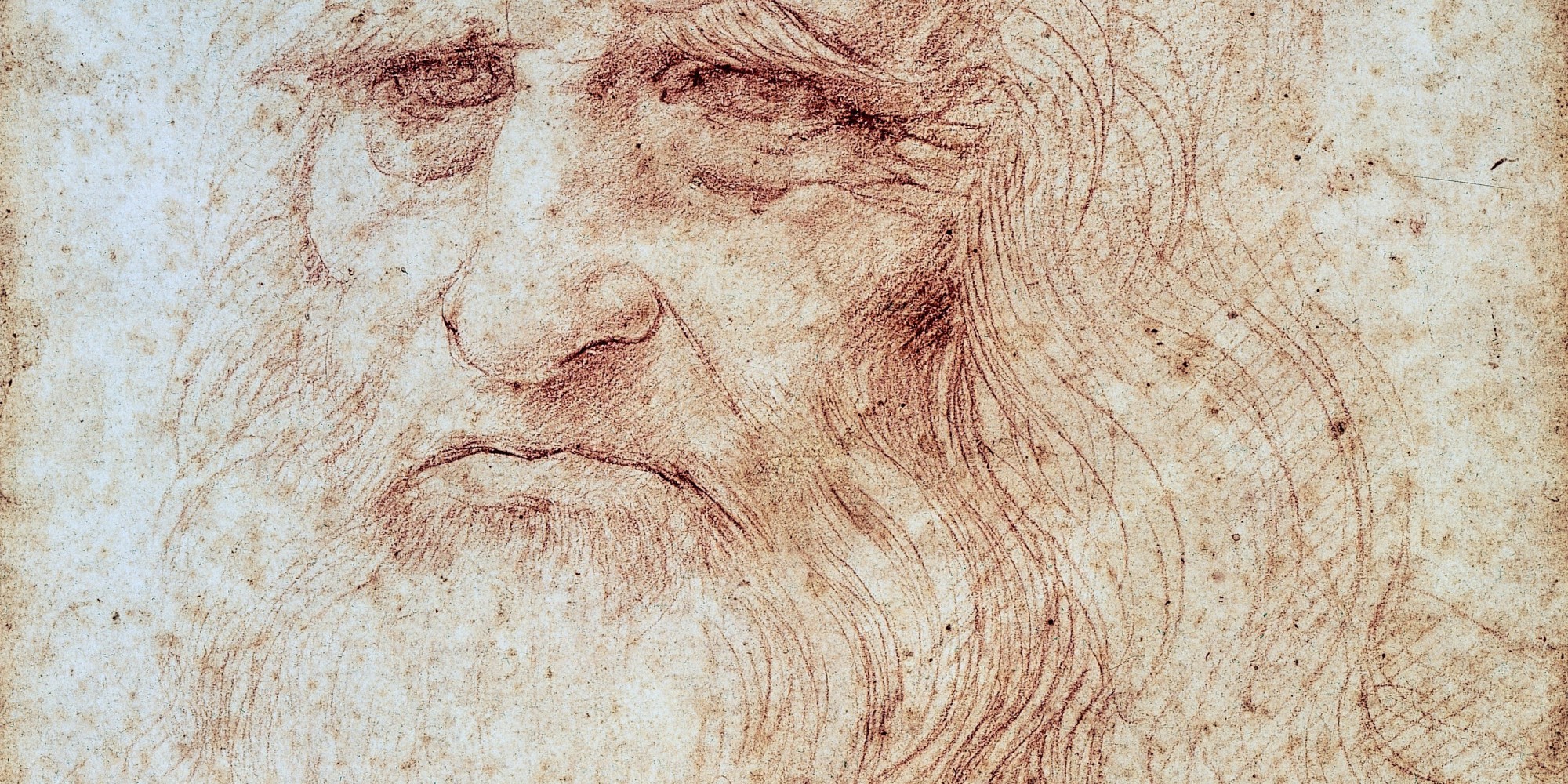On April 15th, 1452 Leonardo da Vinci was born. It's time to celebrate :)
Lady with an Ermine is an absolute masterpiece. The subject of the portrait is Cecilia Gallerani, painted at a time when she was the mistress of Ludovico Sforza, Duke of Milan, and Leonardo was in the service of the duke. Leonardo painted only four female portraits - the others being the Mona Lisa, Ginevra de' Benci, and La belle ferronnière.
Cecilia Gallerani was a member of a large family that was neither wealthy nor noble. Her father served for a time at the Duke's court. At the time her portrait was painted, she was about 16 years old and was renowned for her beauty, her scholarship, and her poetry. She was married at approximately age six to a young nobleman of the house of Visconti, but she sued to annul the marriage in 1487 for undisclosed reasons and the request was granted. Cecilia became the mistress of the Duke and bore him a son, even after his marriage to another woman 11 years previously, Beatrice d'Este. Beatrice was promised to the Duke when she was only 5, and married him when she was 16 in 1491. After a few months, she discovered the Duke was still seeing Cecilia, and forced the Duke to break off their relationship by marrying her off to a local count named Bergamino.
There are several interpretations of the significance of the ermine in her portrait. The ermine, a stoat in its winter coat, was a traditional symbol of purity because it was believed an ermine would face death rather than soil its white coat
For Ludovico il Moro, the ermine had a further personal significance in that he had been in the Order of the Ermine in 1488 and used it as a personal emblem. Given that Gallerani gave birth to a son acknowledged by Lodovico in May 1491, and the association of weasels and pregnancy in Italian Renaissance culture, it also is possible the animal was a symbol of Cecilia's pregnancy.
Until 2014 it had been assumed that da Vinci’s composition had always included the white ermine, but a three year-long investigation has revealed that the Italian artist actually painted the work not in one, but in three clearly differentiated stages. His first version was a simple portrait, with no animal. In the second attempt, the painter included a small grey ermine. In the third and final stage, the animal was transformed into a large white ermine.
We need your help - we need $20,000 to create the new version of DailyArt for Android devices. Find out more here. Thank you!
- Zuzanna


 Leonardo da Vinci
Leonardo da Vinci